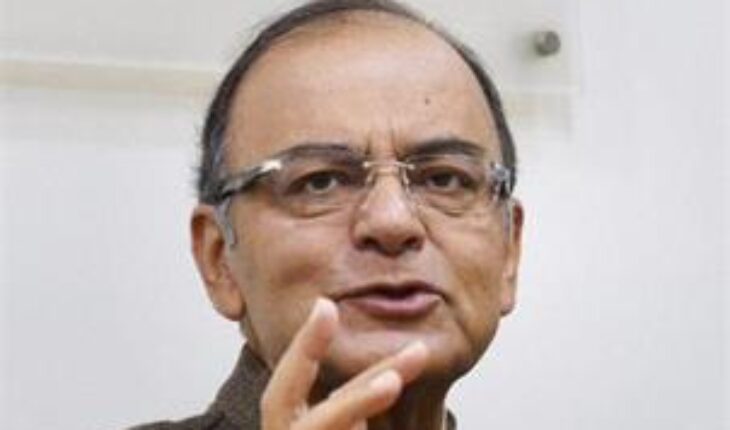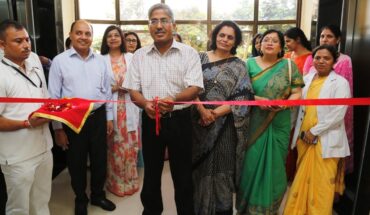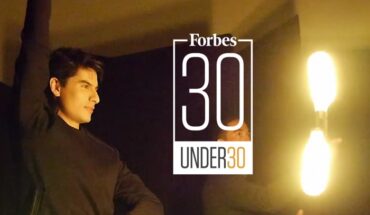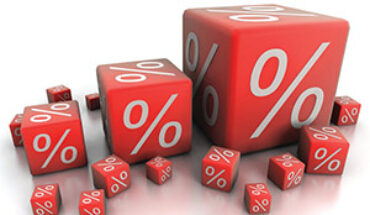New Delhi: Unlike LPG, the government may not push for the implementation of DBT in kerosene as the benefit on the fuel will prove to be a “dying subsidy” thanks to small doses of monthly rate hikes bridging price gap with market.
Also, savings on account of the direct benefit transfer (DBT) to be made by sending subsidy into bank accounts will not be commensurate with the cost involved, a senior finance ministry official said.
“Kerosene subsidy is a dying subsidy and will die in 3-4 years because of electrification and increasing penetration of LPG. We are encouraging use of alternate sources of energy. Some states have already been declared kerosene free. Some more states are willing to come forward,” he said. Transferring subsidy in cash to a ration card holder’s bank account to enable him to buy kerosene from PDS shop at market price instead of current subsidised rates would involve a massive upgradation of the public distribution system (PDS). The beneficiary list has to be linked to Aadhaar and each one of them has to have a bank account, he said, adding the Centre cannot unilaterally do all that because kerosene is a state subject. Besides, the government raised price of PDS kerosene by 25 paise per litre every fortnight between September 1, 2016 and January 31, 2017 and further hiked by 23 paise on February 1, 2017 to close the gap between the highly subsidised retail rate and the market price. The gap, which currently is borne by the government by way of subsidy payout from the budget, has come down to just Rs 10.51 a litre currently. “Unless and until the entire PDS shop chains are geared for DBTK we cannot reap the benefit. We are not very keen to have DBT for kerosene, you need to put a lot of infrastructure in place, banks have to be geared up. It’s not worth the savings it would generate as it is a dying subsidy. Kerosene is a state subject. If voluntarily states comes forward then we will see otherwise we won’t,” he said. Also, the government is promoting use of LPG for cooking purposes in a big by providing free connections to poor rural households and states are being given cash incentives to cut kerosene offtake. The net result is lower subsidy outgo – Rs 4,123 crore in the first half of current fiscal as compared to Rs 11,496 crore in the full 2015-16 fiscal and Rs 24,804 crore in the year before that. “This subsidy outgo on kerosene will be just over Rs 7,000 crore this fiscal,” the official said. He said Jharkhand had become the first state in the country to implement DBT on Kerosene (DBTK) from October 1 in four districts of Chhatra, Hazaribagh, Jamtara and Khunti. Gujarat, Madhya Praesh, Chhatisgarh, Maharasthra, Rajasthan and Himachal Pradesh had indicated their willingness to implement DBTK but it hasn’t moved any forward, he said. In case of cooking gas LPG, the gap between subsidised rate and market price was huge and diversions of below-market-price cylinders for commercial use was rampant, he said. — PTI






